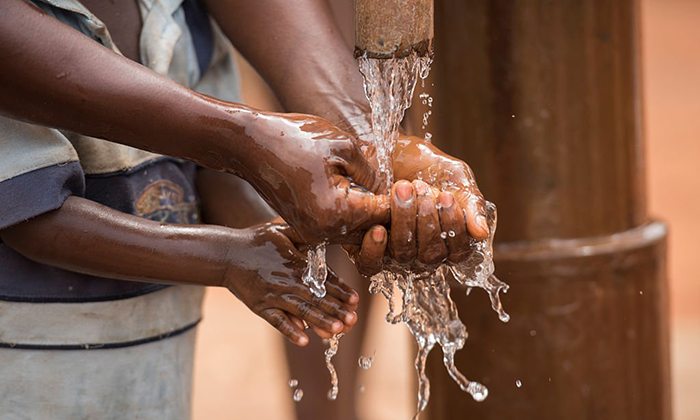Nestled between the largest reserves of fresh water in the world, McKinstry Engineering designs technology to harness, purify, and deliver clean water in other parts of the earth. With a focus on the greatest needs, namely sub-Saharan Africa, McKinstry Engineering believes limited access to clean water is a problem that can be eradicated.
Setting McKinstry Engineering apart from other pioneers in clean water technology, we believe in working directly with impoverished communities, circumventing bureaucracies that often postpone technology from being implemented. This is made possible by incorporating a landmark network of humanitarian intelligence familiar with the local and state political landscapes in this complex region of the world.




